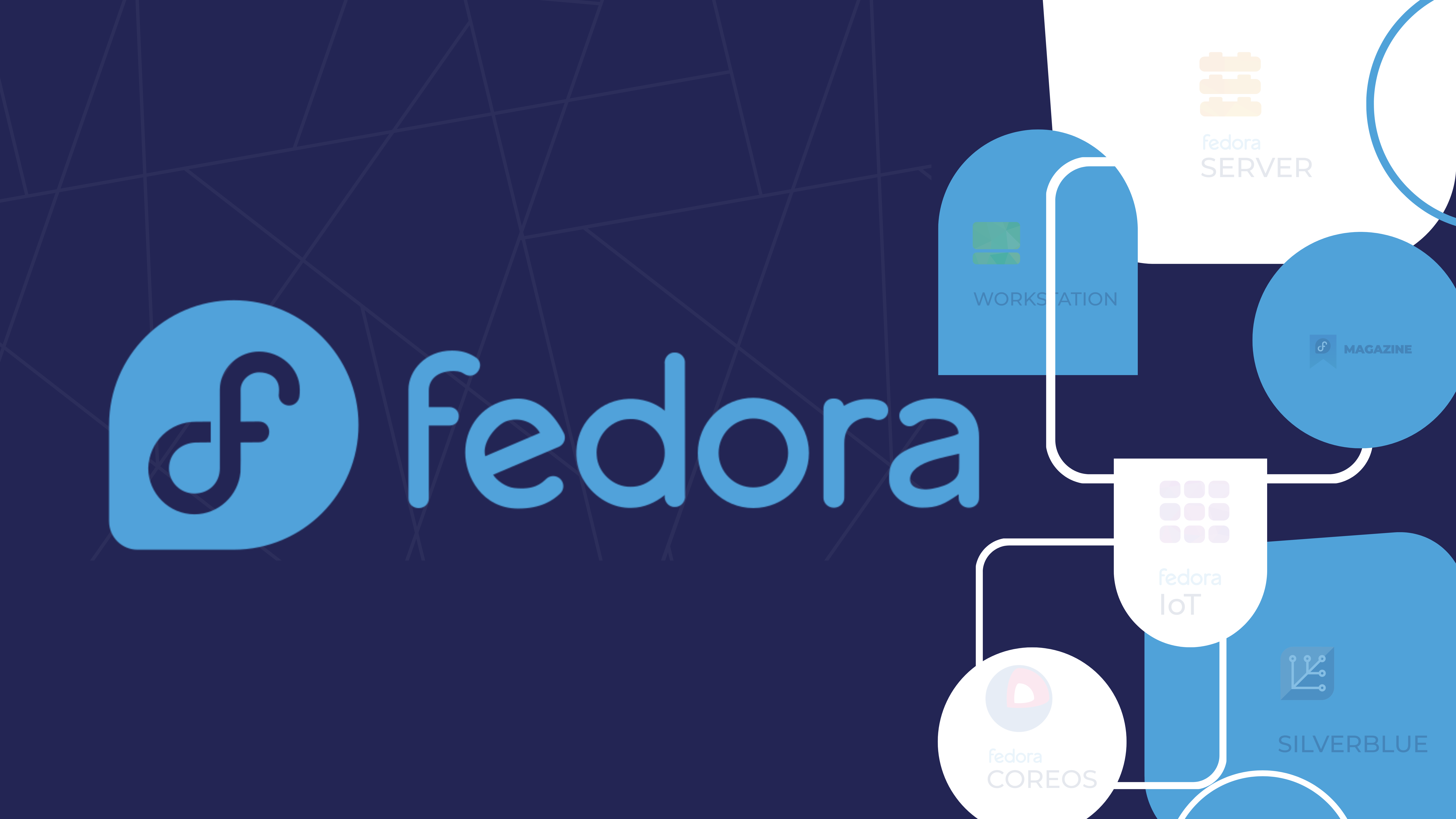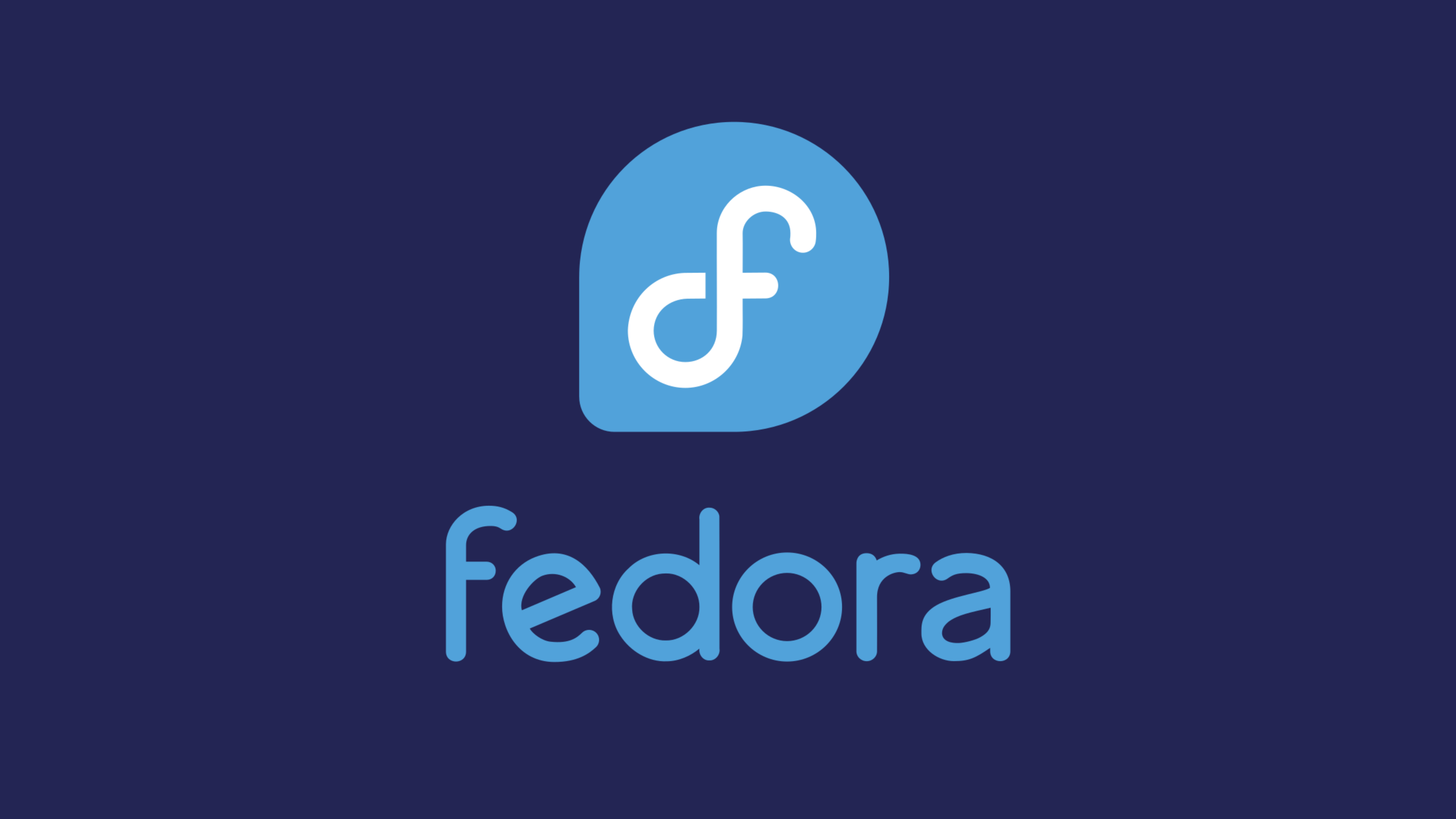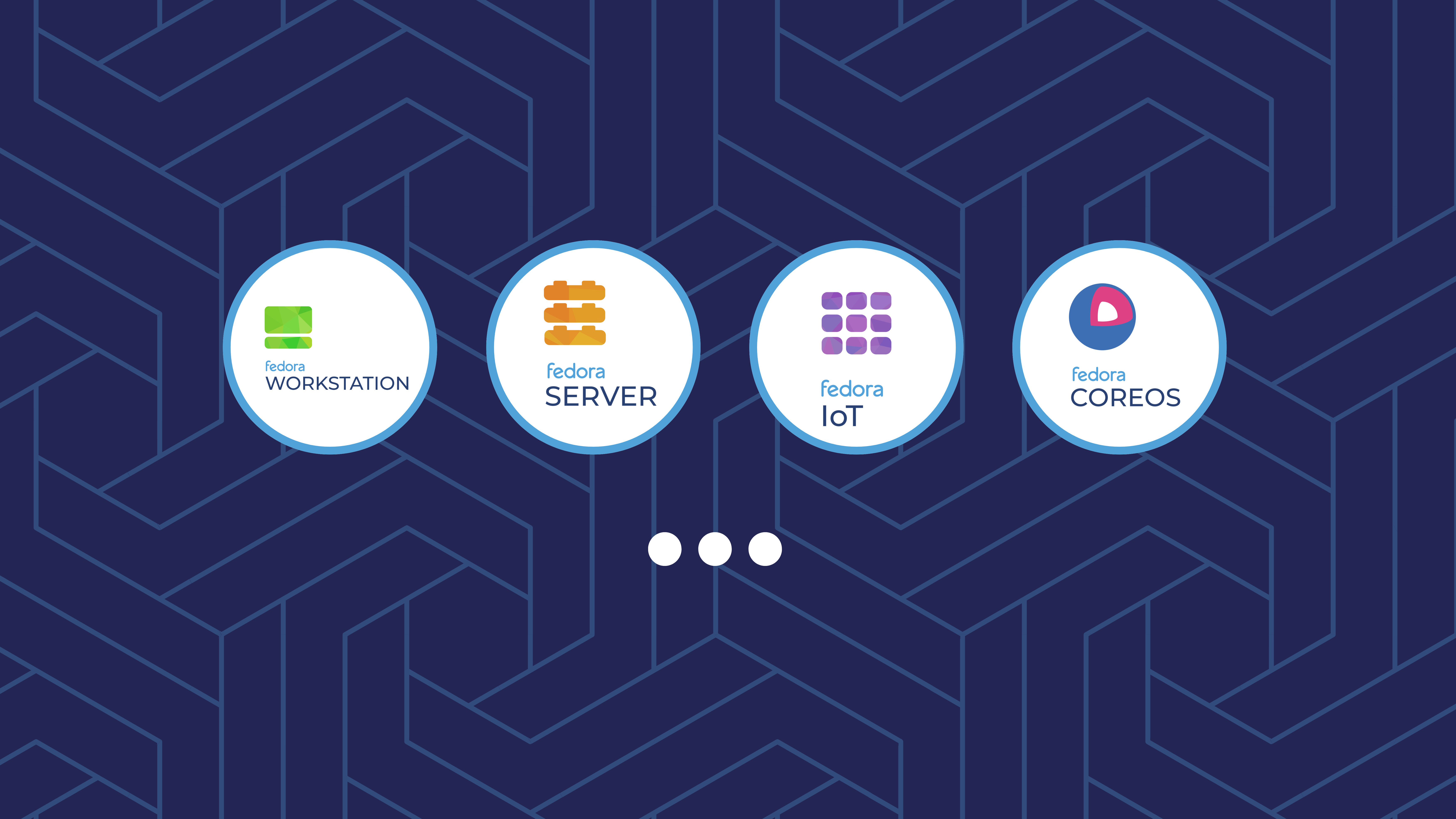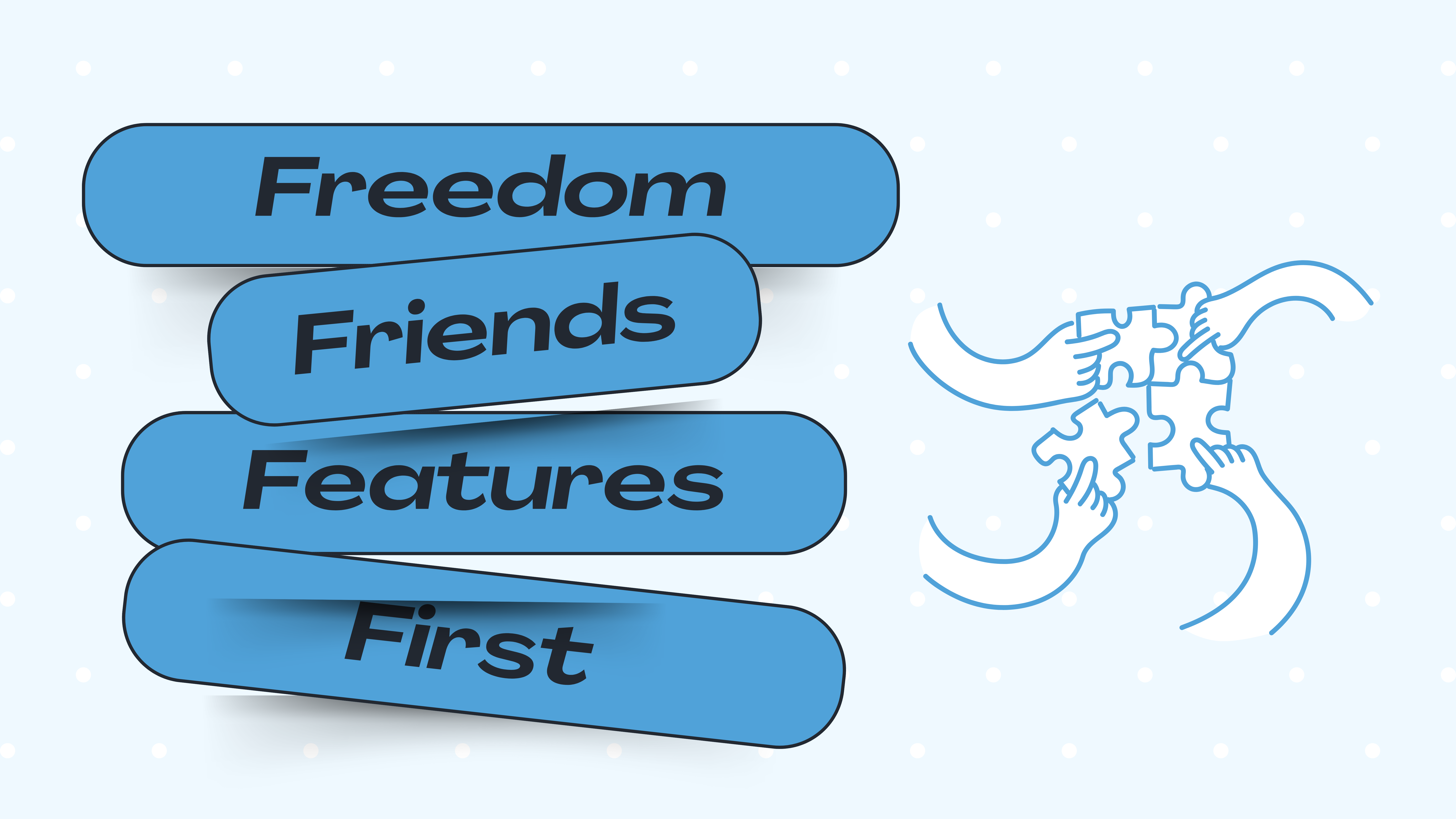Fedora - Why It’s More Than Your Average Operating System
 Jamillah Bello
Jamillah Bello
Hey there, tech enthusiasts and casual users alike. Today, I’d like to dive into an ecosystem I recently had the chance to explore. One so seamlessly interconnected that ‘ecosystem’ feels like the perfect label. I’m talking about Fedora. If you’re like me, someone who’s navigated the world of Linux and its many distributions, you’ve probably heard of Fedora, maybe even while hunting for the ideal Linux distro. When I was figuring out what to use, I dabbled in Ubuntu, experimented with CentOS, and toyed with Kali Linux. During that research phase, Fedora popped up on my radar. Intrigued, I downloaded its ISO to take it for a spin. The name alone grabbed my attention, evoking images of stylish fedora hats, which made me chuckle. I was excited to test it out, anticipating a blend of elegance and functionality. But life threw a curveball, and I got sidetracked before I could dig in.
So, I recently got accepted into the Outreachy contribution phase, and guess what? Fedora crossed my path again. This time, it hooked me. Naturally, since I’m working on this project now, I had to dive in. I joined the community and started digging deeper into Fedora. Along the way, I uncovered a few things that genuinely stood out to me, here’s what caught my eye.
What Is Fedora Really About?

To explain what Fedora does, I need to start with its components. At first, I assumed Fedora was just another operating system. I’m fairly new to open source, so I don’t have a deep understanding of how these projects work behind the scenes. I figured it was like other Operating systems I’d used in the past, something you install and run, end of story. But I quickly learned Fedora is so much more.
Let’s break it down. There’s Fedora, the overarching organization that steers the development of Fedora Linux. It’s a community-driven, open source project, primarily backed by Red Hat (yep, another hat-inspired name). Then there’s Fedora Linux itself, the actual operating system distribution created by the Fedora Project. It comes in various editions tailored to different needs, like desktops, servers, and IoT devices, with pre-configured versions offering distinct user interfaces. Finally, there’s the Fedora Community, which, in my opinion, is the true heart of Fedora. This is the vibrant group of contributors, developers, testers, writers, designers, and users, who keep the project alive. I’ve only been part of the community for two days, but from day one, it felt like a family. The welcoming, collaborative vibe is undeniable. Everyone’s been incredibly kind, jumping in to help and sharing valuable insights.
So, what’s Fedora really about? It’s an ecosystem of creativity and innovation, fueled by a passionate collective. People here code new features, package software, craft sleek interfaces, write documentation, test updates, keep the platform humming, and power everything from laptops to servers to cloud environments. Fedora has a spot for everyone, no matter your background. It’s a highly inclusive project that thrives on collaboration.
What It Brings to the Table

Let’s dive into what Fedora truly brings to the table, beyond the basics. As I mentioned earlier, Fedora isn’t just an Operating System, it’s a project, a Linux distribution, and a community all rolled into one. That unique blend means it delivers tailored solutions for a wide range of users. Once you understand the Fedora Project, Fedora Linux, and the Fedora Community, it’s clear how they collaborate to create specialized versions of Fedora Linux for different purposes.
Take Fedora Workstation, for instance. It’s more than a desktop OS. It’s a sleek, user-friendly experience built around the GNOME environment. Picture it as your digital workspace, crafted for developers and everyday users who want a reliable, feature-packed system. Then there’s Fedora Server, a command-line beast designed for hosting websites, databases, and containers. It’s a rock-solid option for anyone needing performance and dependability to support their online projects.
In today’s world of smart devices, Fedora IoT shines. This lightweight, immutable OS is perfect for gadgets like the Raspberry Pi, leveraging atomic updates and Podman for secure, efficient management. It’s like a streamlined engine for the Internet of Things. Fedora Cloud, on the other hand, brings that adaptability to the cloud. It’s a container-ready foundation for platforms like AWS, Azure, e.t.c offering flexibility and scalability to build and deploy cloud-based applications effortlessly. And for those pushing boundaries, Fedora CoreOS delivers a minimalist, auto-updating OS optimized for container workloads, prioritizing security and scalability for next-level cloud infrastructure.
In short, Fedora has something for everyone. Developers, sysadmins, hobbyists, you name it. It’s not just about installing an Operating System; it’s about tapping into a community and using tools designed with innovation and teamwork at their core. That’s what sets Fedora apart.
Unpacking The Four Foundations Of Fedora

During the Outreachy applicant phase, I discovered Fedora’s Four Foundations: Freedom, Friends, Features, and First.
Freedom: This is about keeping software open and accessible to everyone. As an open source newbie, I appreciate how Fedora empowers users to control, modify, and share it freely.
Friends: I’ve experienced this firsthand. From the moment I joined the community, everyone was warm and supportive, guiding me to resources that smoothed my contribution process. It felt like arriving in a new city and finding a welcoming extended family.
Features: Fedora thrives on innovation, and blazing trails in the Linux world by refining cutting-edge technologies. It pioneered Wayland for modern graphics, systemd for streamlined service management, and PipeWire for seamless multimedia. It also explores Btrfs for advanced storage, delivers the latest GNOME desktop, and champions Podman for container management.
First: As I hinted under Features, Fedora doesn’t follow, it leads. It’s always the first to bring groundbreaking open source technology to users, pushing boundaries and setting trends. For me, it’s exciting to contribute to a project that’s constantly looking forward.
What Fascinates and Puzzles Me
Here’s the kicker: what excites me most about Fedora is also what threw me off at first—the sheer range of features and offerings. When I initially visited the Fedora website, I expected a simple “download the OS and go” experience. Instead, I was hit with a lineup: Workstation, Server, IoT, Cloud, and CoreOS. It was overwhelming. I had to dig into each one before settling on Fedora Workstation. Then, as I started contributing, I encountered the Fedora Account System (FAS), and I thought to myself, “Another layer?” FAS is the project’s hub for authentication and authorization, offering single sign-on for contributors across services. It manages permissions and ensures accountability, which is key to keeping the Fedora Project secure and solid.
What grabs my attention about all this? I’m itching to explore it all. I’m already testing Fedora Workstation and can’t wait to try Fedora Cloud. I’ve been diving into Fedora Magazine, soaking up the info I need to make the most of it.
Contributing to Fedora
If you’re thinking about joining the Fedora community, maybe even as an Outreachy applicant like me, here are some tips based on my experience.
Jump Right In: I wasted days overthinking how to contribute. What it’d be like and where to start, when all I needed to do was click Fedora on the project list, pick something, and get going.
Connect with the Community: Collaboration is the backbone of open source, so you can’t skip engaging with others. I was lost on how to proceed until I joined the chat platform. Pinned tips were a lifesaver, and the people I met were incredibly supportive and ready to tackle any issue I faced.
Focus on Quality, Not Speed: Don’t rush your tasks just to finish. Take your time to research, explore the project, and even test out Fedora’s offerings if you can. Enjoy the process. Browse the Fedora documentation or flip through Fedora Magazine articles that spark your interest. This way, contributing becomes fun, not just a race to stand out.
Give Back: Help newcomers who arrive after you and face challenges you’ve already overcome. It’s not a solo journey, we lift each other. Brainstorm with fellow applicants and swap ideas on tasks when it makes sense.
Here’s my take on Fedora. A newbie’s love letter to a project that’s as inspiring as it is daunting. It’s where innovation and community collide, where you’re free to stumble, learn, and grow, and where “first” isn’t just an aim, it’s a commitment. Whether you’re here for Outreachy or just poking around, Fedora has something to offer. Hang out, explore, and who knows? You might end up writing your blog about it one day.
What’s your Fedora story, or what do you hope it’ll be? Drop a comment, I’d love to hear from you. And If you’re reading this in 2026, hello from the past.
Subscribe to my newsletter
Read articles from Jamillah Bello directly inside your inbox. Subscribe to the newsletter, and don't miss out.
Written by

Jamillah Bello
Jamillah Bello
Technical Writer and certified AWS Solutions architect, with a background in DevOps. I enjoy learning about new concepts and simplifying their usage in documents.